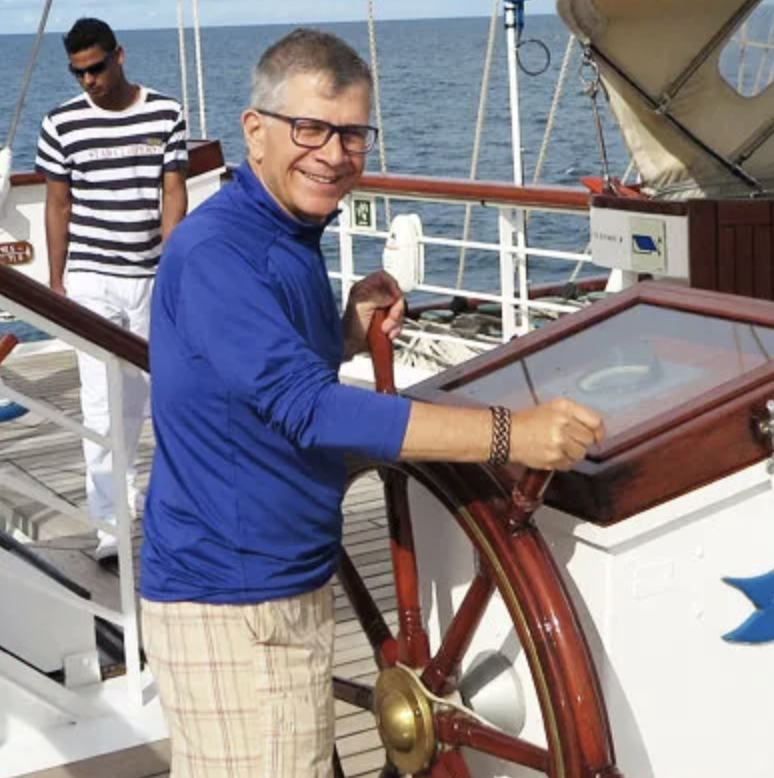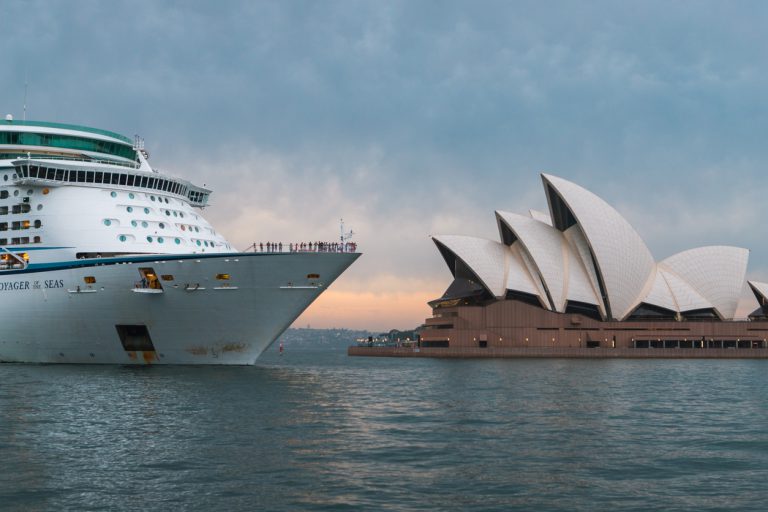The Federal Government announced that it would be extending the cruise ban for an additional three months this week.
But the cruise industry took heart from what else the usually taciturn announcement said.
Health Minister Greg Hunt has confirmed it is “working closely with state and territory agencies and the cruise industry to develop a framework for the staged resumption of cruise ships in a manner than is proportionate to the public health risk.”
Those words represent something of a major breakthrough, and augur well for March 17, when the ban is due to come off.
Behind the scenes, cruise executives and Cruise Lines International Association are working hard to press the case for a staged resumption, and using the Singapore model and sailings out of Europe, no doubt, as collateral.
Europe has stalled – not because of cruise ships, but because the spread on land is so large it’s impossible to be sure you can find enough passengers who are COVID free.
In Singapore, the system has worked well. And while there was a hiccup this week, Royal Caribbean and Dream have done a tremendous job sailing with thousands of passengers who told local media they had a great time.
“We need to work towards replacing the existing blanket suspension of cruise operations with an approval process that will allow cruise lines to progress a phased and tightly controlled resumption in 2021,” said Joel Katz, managing director of CLIA.
The ban has been in place since March 18 and was introduced under the same biosecurity laws which have also restricted international flights into Australia.
A lot has happened since then. New health protocols, a wealth of evidence from controlled sailings and state governments prepared to allow home-ported ships are all positive steps.
According to one insider, CLIA has been having “some great talks” with the government.
The Cruise Lines International Association, earlier this month, confirmed that it would impose compulsory COVID-19 tests for guests and crew before boarding ships. It said it would also reduce passenger capacity, conduct daily health monitoring and temperature checks for all passengers onboard.
Mr Katz said: “Cruising can progress a responsible restart domestically within Australia, using ships and crew that have gone through all required quarantine procedures.
“Ships and crew would then remain within the Australian safe-zone or bubble, offering local cruising to locals only, within Australia, until international borders reopen.”
But turning a ship around, bringing a vessel back on stream and ready to cruise in Australia is likely to take at least 60 days. So, unless the Australian government relents – and there would have to be some pretty compelling reasons to do so, despite the $5 billion a year in business cruise brings to our shores – a start is now likely not before May.










Incorrect…haven’t canceled cruises till nov 21…booked on 4 th nov
John McGregor…princess has not canceled all cruises till 21 November…I just booked for November 4 …please get your facts straight
Princess has cancelled all cruises in Australia,NEW Zealand and the islands until Nov 21 which makes very good sense as by then a vaccine should be available and in use and port authorities in Australia will have prepared their programs
A very good idea , hopefully all cruise lines will survive.